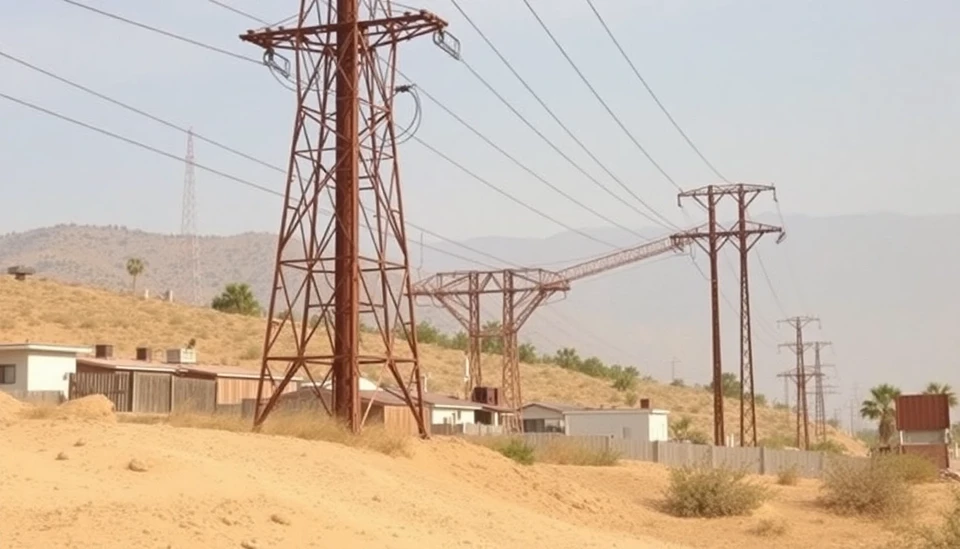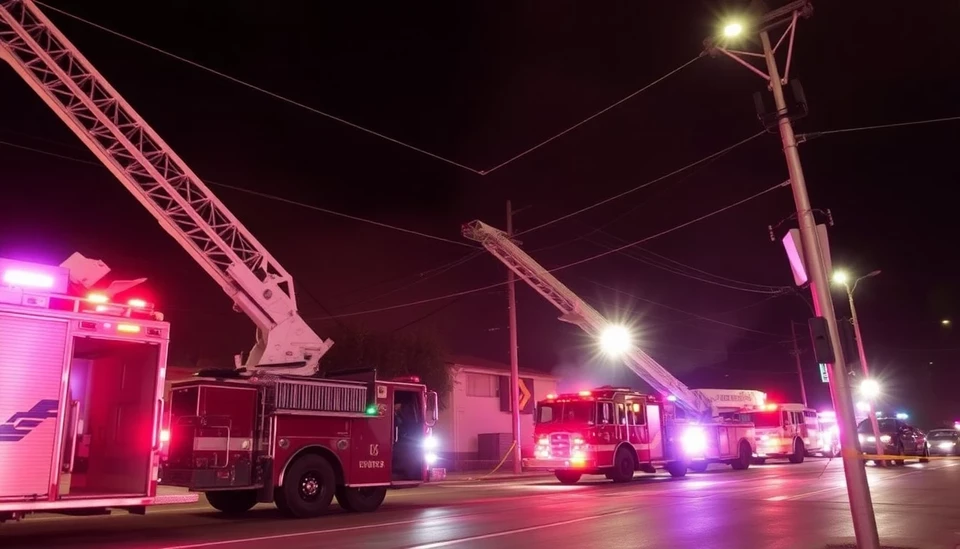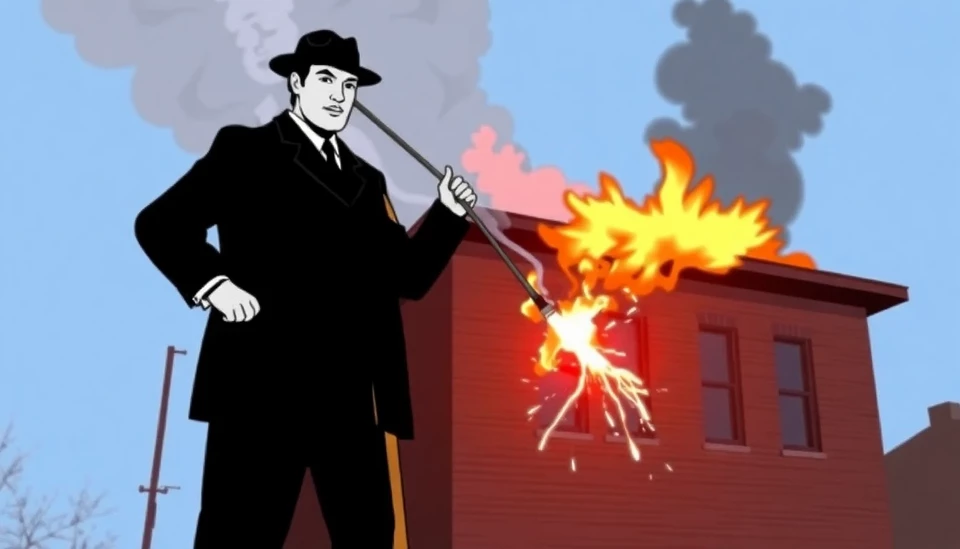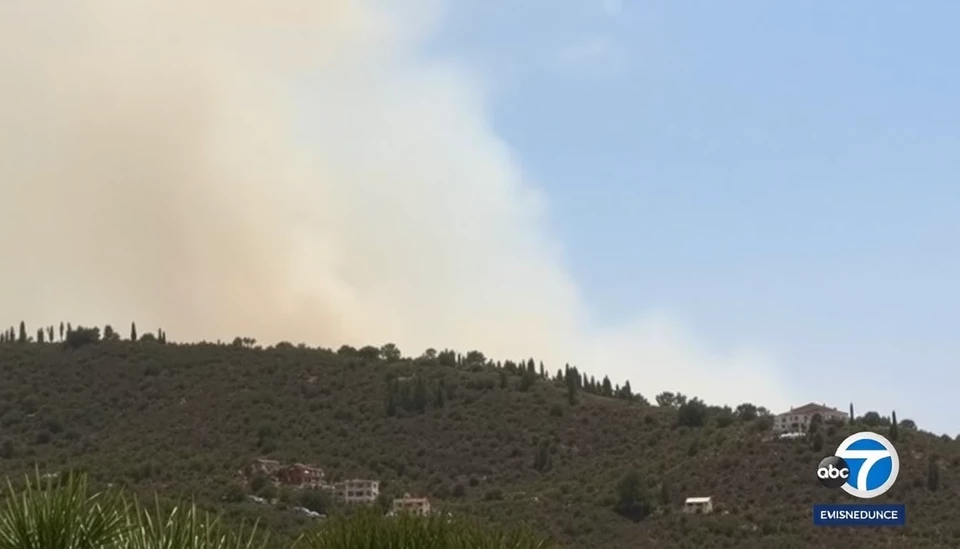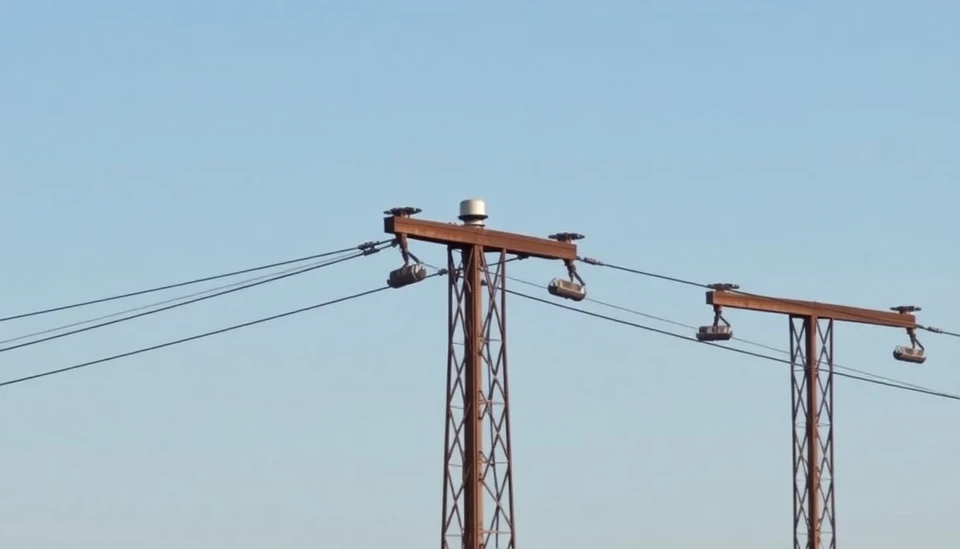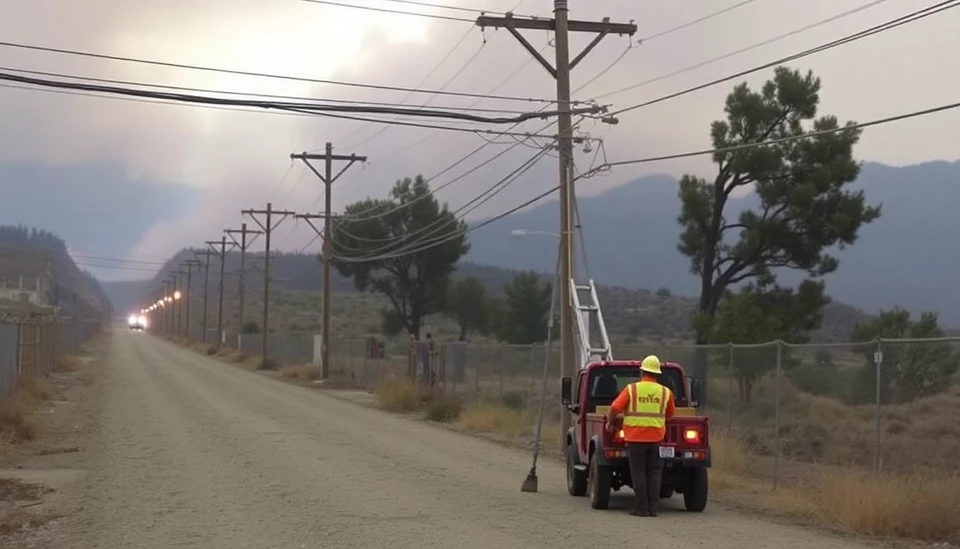
In a significant move aimed at bolstering safety and preventing future power outages in fire-prone regions, Southern California Edison (SCE) has announced its plan to bury power lines in areas that were severely affected by recent wildfires in Los Angeles. This initiative comes in response to the devastating impact of the wildfires that swept through the region, causing destruction and raising serious concerns over electrical infrastructure’s role in exacerbating the situation.
The wildfires, which have become increasingly frequent and intense due to climate change and prolonged droughts, highlighted the vulnerabilities of overhead power lines. These power lines can easily be ignited by falling branches or other debris, which was notably evident during the recent fire events. To mitigate the risks, Edison is committing substantial resources to undergrounding its power infrastructure, an effort aimed at enhancing community resilience against wildfires and similar disasters.
In particular, areas located in the so-called “high fire risk zones” will be prioritized for this infrastructure overhaul. SCE's plan outlines the strategic deployment of underground power lines in specific neighborhoods that experienced recent wildfire damage. This decision reflects the utility's growing responsibility to not only provide reliable energy but also to protect the communities it serves from the increasing dangers posed by wildfires.
The project will involve an estimated investment running into hundreds of millions of dollars, which Edison views as essential for long-term safety and power reliability. By moving power lines underground, Edison aims to reduce the likelihood of electrical equipment sparking fires during periods of extreme heat and high wind, both of which create perfect conditions for wildfires to spread. The utility company has set ambitious targets for completing this infrastructure transformation, with plans for substantial progress within the next few years.
Moreover, this initiative aligns with broader state mandates aimed at reducing wildfire risks across California. State regulators and lawmakers are increasingly pushing for utilities to adopt preventive measures, and Edison’s shift to burying lines could be seen as a model for similar actions among other utilities facing the challenge of aging infrastructure in wildfire-prone areas. The ongoing climate crisis necessitates urgent adaptations, and companies like Edison are now in the spotlight for their role in such transformations.
As part of this initiative, SCE is engaging with community stakeholders to gather input and ensure that the project meets the specific needs of those most affected by the storms and fires. Residents are being encouraged to participate in discussions regarding the planning and implementation phases of the undergrounding project, allowing for a collaborative approach to restoring safety and reliability.
While the undergrounding of power lines is a progressive step, it does come with its own set of challenges, such as increased construction costs and longer timelines for completion. However, the potential benefits—including reduced fire risk and enhanced service continuity for residents—are drawing broad support from community leaders and environmental advocates alike. As California grapples with the realities of climate change, steps such as these are viewed as essential for creating safer, more sustainable living conditions.
Overall, Edison’s initiative to bury power lines in wildfire-damaged areas is part of a larger trend in the energy sector towards prioritizing resilience and public safety amidst a changing climate. This critical investment reflects not only a response to immediate challenges but also a proactive strategy to safeguard future generations.
In summary, Edison is taking a significant step forward to improve safety in Los Angeles through the undergrounding of power lines in high risk wildfire areas. The move comes as a part of their commitment to addressing infrastructural weaknesses and aligns with wider state initiatives to enhance community resilience against the growing threat of climate-induced disasters.
#Edison #WildfireSafety #LosAngeles #PowerLines #Infrastructure #ClimateChange #SCE #EnergyResilience
Author: Samuel Brooks
